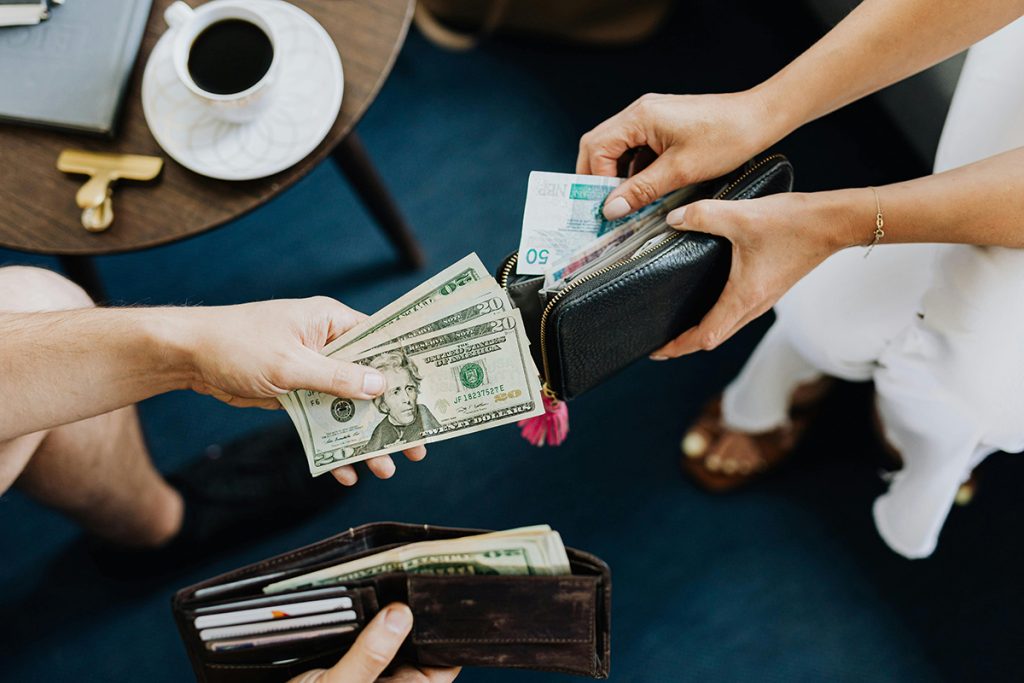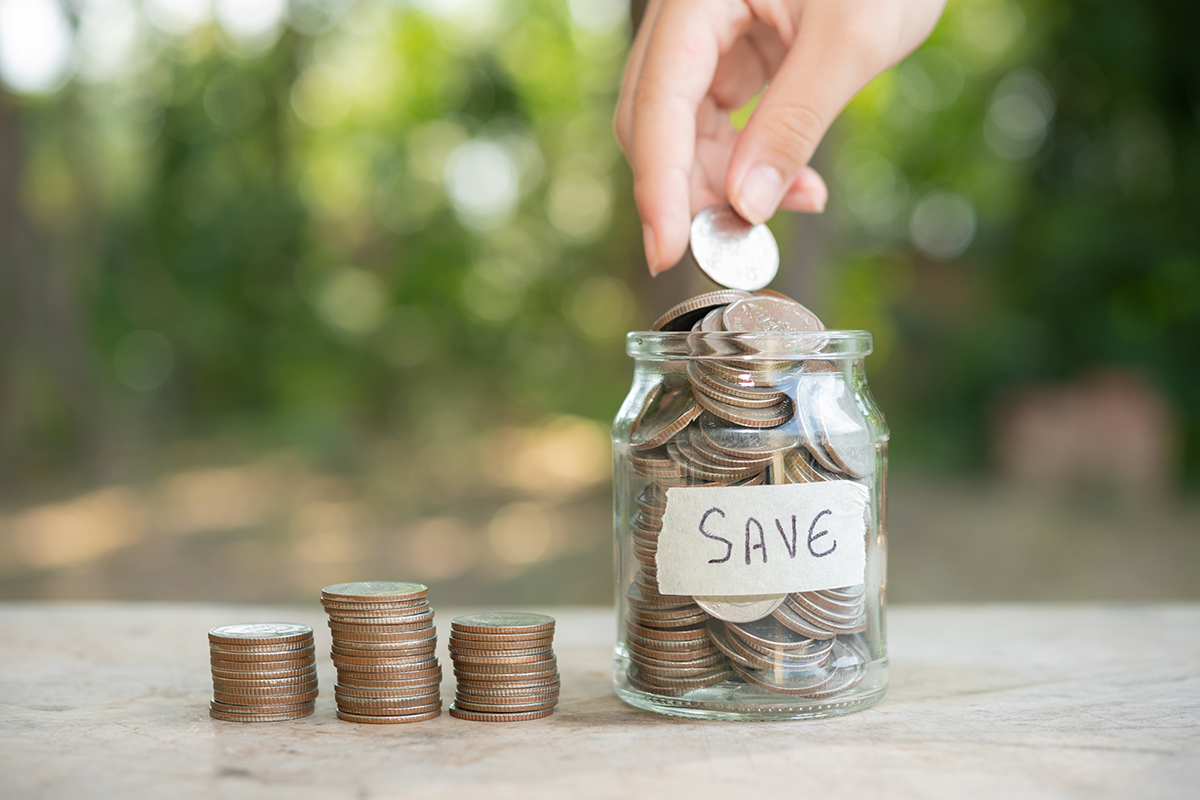Kakeibo – The Japanese practice of mindful budgeting and saving

Japan has excelled in developing various methods to bring order and organization to our lives. The renowned tidying expert, known for her bestselling book and popular TV series, introduced the concept of finding joy in our surroundings.
Additionally, the Japanese philosophy of wabi-sabi has encouraged us to embrace imperfections in our daily routines. A recent addition to this list is the Japanese money-saving technique called kakeibo. If you’re seeking financial stability or guidance, kakeibo can assist in managing your finances effectively.
What exactly is kakeibo?
Pronounced as ‘kah-keh-boh’, it translates to ‘household financial ledger’. Originating in 1904 by Hani Motoko, Japan’s pioneering female journalist, kakeibo involves meticulously recording all your income and expenses to identify unnecessary spending patterns.
This method offers a unique approach to budgeting, prompting you to reflect on the reasons behind each purchase. By fostering mindfulness in your expenditures, kakeibo encourages aligning your spending with your aspirations. The focus is on making deliberate choices, spending less on non-essential items, and allocating more resources towards activities that bring you genuine fulfillment.

How does kakeibo function?
At the start of each month, you establish a budget outlining your expected income and fixed expenses while also setting a savings objective. Resembling the practice of journaling, this method entails meticulously recording every expenditure.
Begin by categorizing your expenses into four distinct groups: Essentials, such as rent, groceries, and transportation; Non-essentials, like dining out, shopping for leisure, and hobbies; Cultural pursuits, such as books, museum trips, and concert attendance; Unexpected costs, such as repairs, unforeseen gifts, or emergencies.
This systematic breakdown will provide you with a clearer overview of your financial outflows. By identifying where your money is predominantly spent, you can pinpoint areas within your budget that hinder your savings efforts.
Subsequently, record each and every purchase you make. While this may seem laborious, there are user-friendly apps available to assist with organizing this information, including features like exporting data to an Excel spreadsheet.

Develop a better comprehension of your spending habits
By integrating this practice into your daily routine and remaining consistent, you will develop a better comprehension of your spending habits. At the end of the month, evaluate your progress to determine whether you have adhered to your initial goals.
This review affords you the opportunity to assess your accomplishments and gauge your savings progress. Whether you have achieved your targets or encountered setbacks, remember to commend yourself for your dedication and efforts.
Allocate some time to evaluate potential adjustments by reflecting on the following inquiries:
- What is my current financial standing?
- What is my desired savings target?
- What are my current expenses?
- How can I improve my financial habits?
For instance, you may discover that a significant portion of your funds is directed towards takeout meals or indulging in frequent social outings. Consistently monitoring your advancements will heighten your awareness regarding your spending patterns, enabling you to modify your budget effectively and reach your savings objectives.

Kakeibo: The Japanese practice of mindful budgeting and saving conclusion
Kakeibo is a traditional Japanese budgeting method with a long history that has the potential to transform your financial situation and empower you to manage your money effectively. By infusing mindfulness into your spending choices, it provides a straightforward and practical approach to gaining control over your finances.
Kakeibo follows a similar approach to the cash envelope budgeting system. Envelope budgeting is a method that mirrors the cash envelope budgeting system, where you pre-plan your monthly expenses by segregating your income into physical envelopes. With the envelope approach, you utilize labeled envelopes containing cash allocated for each expenditure category.
For instance, if you have earmarked 200 dollars, euros or pounds for groceries for the month, you exclusively utilize the funds designated for that specific category within the respective envelope. The objective is to curb overspending by restricting the available funds, facilitating easier monitoring of your monthly expenditures and fostering better control over your finances.
The convenience lies in the fact that certain online banking platforms offer digital alternatives, enabling you to create ‘virtual’ envelopes – sometimes in the form of dedicated accounts – for various categories to manage your funds effectively, eliminating the need to carry physical cash envelopes.




















